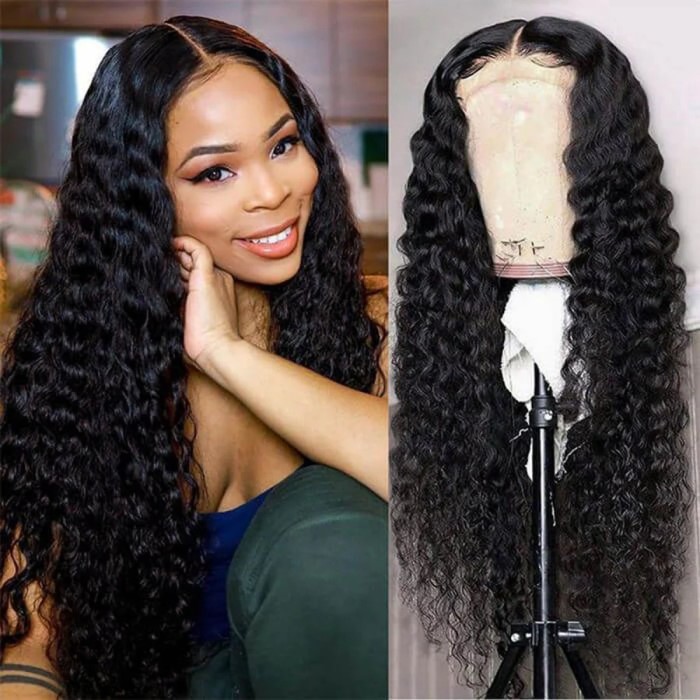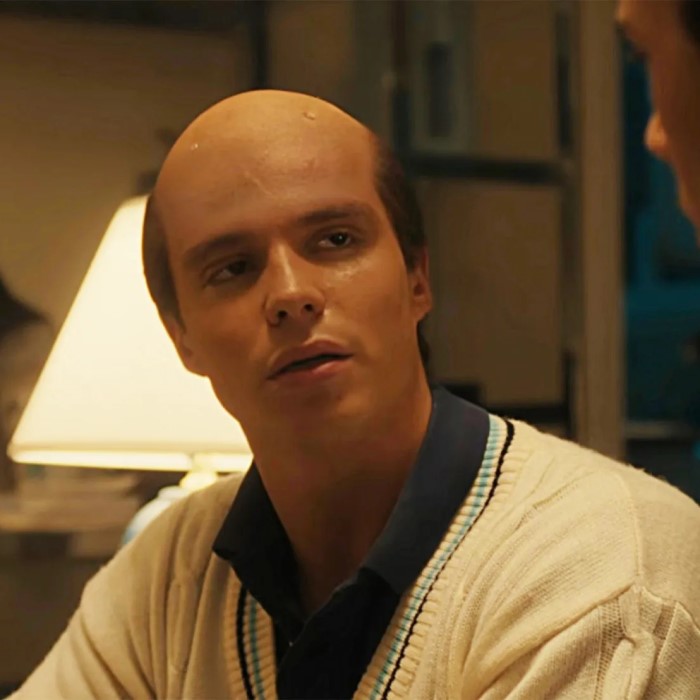
Lyle Menendez Wig: The Story Behind His Courtroom Wig
The Menendez Brothers Case: An Overview
The Menendez brothers case gripped the nation in the early 90s. Lyle Menendez and his brother, Erik Menendez, stood trial for the murder of their parents, Jose and Kitty Menendez. The case was notorious for its shocking details and the brothers’ claim of self-defense due to alleged abuse. The trial was one of the first to be broadcast on cable television, grabbing widespread attention. Public discussion focused not only on the crime itself but also on the brothers’ appearance, particularly Lyle’s distinctive wig. The courtroom became a stage, with every detail, including their attire, scrutinized by the media and public. The case went beyond the legal realm, entering popular culture and raising questions about the influence of image on high-profile trials. The lyle menendez wig added an unexpected twist to the already sensational case.
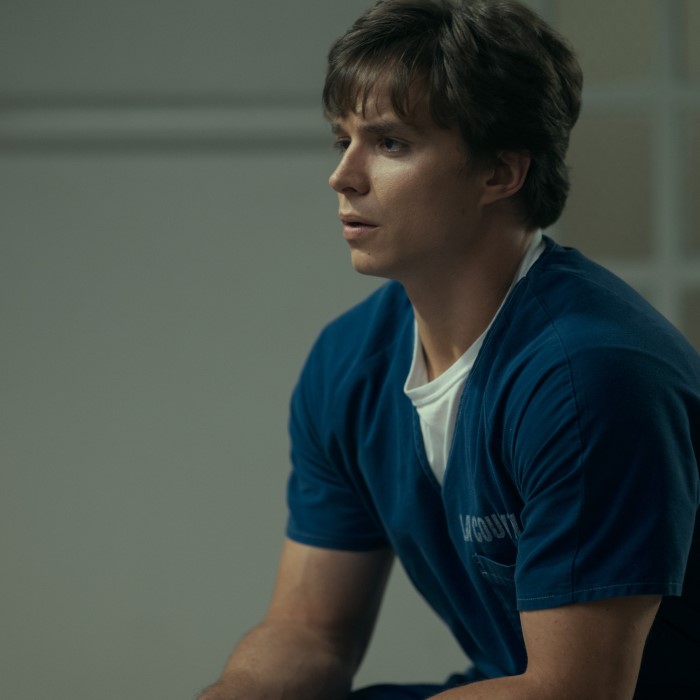
Lyle Menendez’s Appearance in Court
Lyle Menendez’s courtroom appearance drew notable attention. His choice of attire, particularly the lyle menendez wig, became a focal point. This wig was not just a personal fashion statement but a strategic element that played into the overarching narrative of the trial. The courtroom often serves as a theater of sorts, and in high-stakes cases like that of the Menendez brothers, every aspect of a defendant’s presentation can sway public opinion and potentially influence the jury’s perspective. That Lyle chose to wear a wig speaks volumes about the importance of image in a trial that was intensely followed by the media.
When Lyle Menendez stepped into the courtroom sporting a hairpiece, it sparked immediate reaction. The brothers were already under a microscope, facing intense scrutiny for their actions. Lyle’s wig added another layer to their public image. Was it a guise of innocence, an attempt to appear less threatening, or merely a way to maintain dignity while facing the nation’s judgment? These are questions that circulated among the trial’s followers and remain topics of discussion to this day.
The presence of a wig may seem trivial to some, but in the realm of public trials, appearance can significantly impact the narrative. In future sections, we’ll delve into how the lyle menendez wig might have affected jury perception, the legal strategy behind its use, and the lasting cultural impact of the trial that lingers in the collective memory of those who witnessed it unfold.
The Significance of the Wig: Perception and Image
Lyle Menendez’s courtroom appearance, featuring the notorious lyle menendez wig, was more than a fashion choice. It conveyed subtle messages about his persona to the public and jury. In high-profile cases, defendants’ looks often weigh heavily on public opinions. The wig in this context was a strong visual cue. It could have been a bid to shift perception, to soften his image or to bring forth sympathy. Remember, a courtroom doubles as a judgment stage, not just for the crime, but also for character.
Observers might view the wig as a mask to conceal guilt or evoke innocence. It possibly aimed to distract from the grim details of the crime. Lyle’s choice to wear it reflected an acute awareness of the trial’s theater dynamics. This use of a wig signified an effort to control the narrative. The underlying thought might have been: if you can’t escape the spotlight, direct it to your advantage.
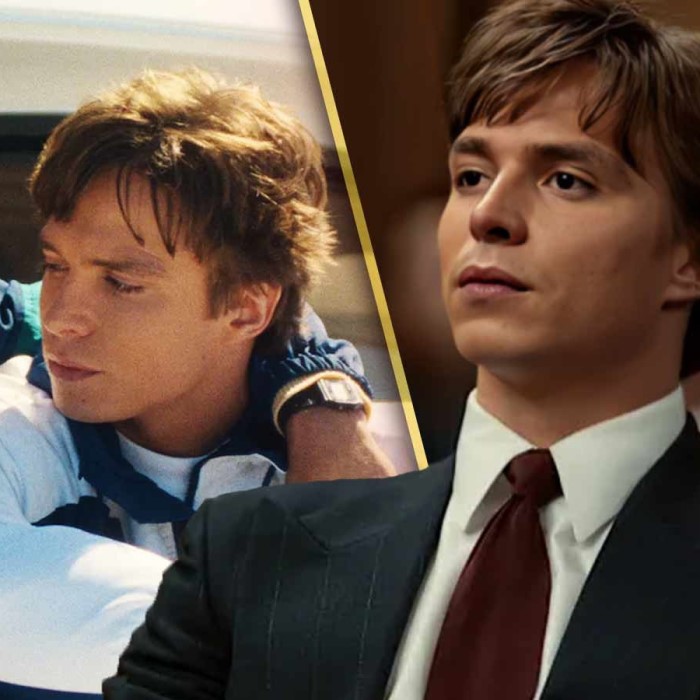
The wig’s impact went beyond individual opinions. It had the potential to influence the collective memory of the trial’s witnesses. Its significance lies not in the threads of synthetic hair, but in the perceptions it altered and the stories it silently told. Simply put, the lyle menendez wig was a strategic tool in the court of public opinion. It shaped the image narrative, an important factor in the highly televised trial.
The Wig’s Impact on Public and Jury Perception
Lyle Menendez’s use of a wig in the courtroom was a bold move. It stirred the public and possibly swayed the jury. The lyle menendez wig drew eyes and speculation. Did it reflect a troubled man seeking empathy, or a calculated tactic to influence? Public perception is shaped by visuals, and in this case, the wig was front and centre.
For the jury, the wig might have sent mixed signals. On one hand, it could suggest a softer, less intimidating persona. On the other, it might appear as a disguise, perhaps even hinting at deception. Juries are told not to let appearance sway their judgment. Yet, human nature often defies such instructions. The wig, therefore, was not just a personal accessory, but a silent argument in the court of opinion.
In the public arena, the lyle menendez wig became a topic of conversation. It added a layer of drama to an already sensational story. For some, it was a point of empathy, a visual cue of vulnerability. For others, it raised doubts about Lyle’s sincerity.
The media amplified the wig’s impact. With each court appearance, the wig was mentioned, dissected by analysts and talk show hosts alike. It played into the narrative spun by newspapers and TV shows, shaping public dialogue.
The wig’s role in courtroom perception remains a compelling angle in the Menendez story. It serves as a reminder of how image can influence the view of a defendant, extending beyond the facts to the unpredictable realm of public opinion.
Media Coverage and its Influence on the Trial
The trial of Lyle Menendez and his brother became a national spectacle, thanks in large part to the media coverage. Every aspect of the case, including the lyle menendez wig, was closely followed by news outlets and daytime television. The focus on the wig by the media quickly turned it into a symbol of the trial’s strangeness and the intensity of public scrutiny the brothers faced.
Journalists and TV presenters often speculated on the wig’s significance. Some suggested it was a desperate plea for compassion. Others saw it as a calculated distraction. The constant media attention ensured the lyle menendez wig was not just a courtroom detail but a talking point for the public.
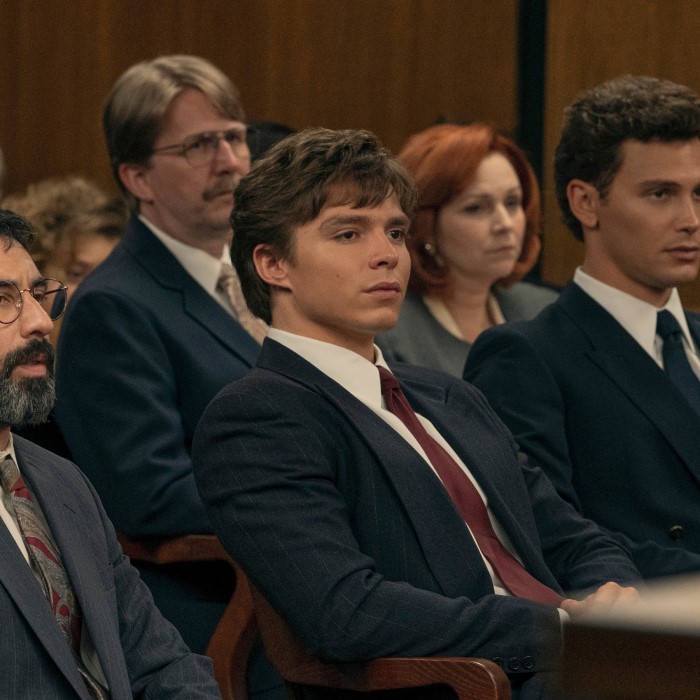
The overwhelming media presence also likely impacted the jury’s perception. Despite instructions to disregard external influences, the non-stop media coverage made this difficult. The lyle menendez wig was regularly highlighted in newspapers and TV, possibly embedding it in the jurors’ minds. This focus by the media raised questions about fairness and objectivity in the trial.
Nightly news and talk shows delved deep into the aesthetics of the trial, which included discussions about Lyle’s attire. The frenzy over the wig possibly clouded the more critical issues at hand, such as the details of the case and legal strategies being employed. The media’s influence was undeniable and perhaps shifted the seriousness of the trial to a spectacle driven by image and public opinion.
Ultimately, the media’s portrayals of the lyle menendez wig played a role in the narrative of the trial and its perception by the public and possibly the jury. This intense coverage sets a precedent for the impact of media in high-profile court cases, emphasizing image over substance.
Behind the Scenes: Decision for the Wig
When Lyle Menendez chose to wear a wig in court, it wasn’t a random decision. The choice was a deeply thought-out part of his legal defense strategy. The lyle menendez wig represented more than a hairpiece—it was a tool meant to craft a specific image.
Behind the scenes, Lyle and his defense team understood the trial’s theatrics. They knew perception would play a big role. They aimed to humanize Lyle, to paint him as relatable and less intimidating. This approach was critical in a trial where emotions ran high. Every element of Lyle’s courtroom appearance was selected to tell a story. The wig was central to this narrative.
The decision for the wig also considered the unavoidable media presence. The defense was aware that the public would form opinions based on appearances. They hoped the lyle menendez wig would shift focus, perhaps even garner sympathy. It was a play on the visual aspects of storytelling in the media age.
Lyle’s attorneys likely weighed the risks and rewards of using such a prop. They had to balance the potential for empathy with the risk of the wig being seen as a facade. The goal was clear: influence the jury by controlling the narrative before them.
The lyle menendez wig became a part of the courtroom dialogue. It triggered discussions, emotions, and ultimately left a lasting mark on the trial’s image. While the legal team crafted their strategy, Lyle’s wig silently spoke volumes.
Legal Strategy: How Appearance Can Affect a Case
The courtroom is more than a place for legal battles. It’s where first impressions can sway opinions. This is especially true in high-profile cases like that of Lyle Menendez. The lyle menendez wig was more than an accessory; it was a calculated element of his legal strategy. Crafting a defendant’s appearance, including hairstyle, can deeply influence a jury’s feelings and thoughts. After all, visuals are powerful. They can trigger subconscious biases, evoking sympathy or distrust before a word is spoken.

Legal teams consider every detail when they shape a client’s image. Does the attire suggest honesty? Will a haircut make them seem approachable? In Lyle’s case, the wig played into these considerations. Its goal? To humanize, to soften, to make Lyle more than the crimes he stood accused of. His defense team knew the stakes were high. They wanted to control the narrative that reached the jury’s eyes.
Even as jurors are urged to focus on evidence, appearance inevitably leaks into decision-making. Subtle cues from a defendant’s look could tip the scales. A well-chosen outfit, a simple hairstyle, can communicate volumes. Lyle’s wig sent a complex signal. It was deliberately chosen to create an image that could potentially affect the outcome of the case. His attorneys harnessed the power of image to build a legal strategy that extended beyond the facts to the psychological impact of appearance.
Ultimately, Lyle Menendez’s court look, centered on the controversial wig, shows the deep interplay between law and psychology. It reminds us that in court, as in life, how we present ourselves can have a lasting effect on our stories and their outcomes.
Cultural Impact and the Enduring Legacy of the Trial
The lyle menendez wig left a lasting impression on popular culture. The trial’s details and the brothers’ defense stirred up widespread discussion. The wig, in particular, became a symbol. It represented the intense media scrutiny and the importance of image in high-profile trials. Even today, the case is a reference point for discussions about the intersection of crime, media, and appearance.
The media’s fascination with the wig influenced its cultural significance. It became emblematic of the sensationalism that can surround legal cases. Television and news outlets fixated on such details, creating a spectacle. This focus often obscured the graver aspects of the trial. It highlighted the power of narrative over nuance.
The legacy of the Menendez trial extends to how we view televised trials now. It sparked conversations about the role of broadcasts in court cases. The case, with its focus on personal image, set a precedent for future cases. Public and jury perceptions can sway by something as trivial as a wig. This awareness led to a deeper understanding of the law and psychology’s overlap.
The lyle menendez wig has since become a reference in studies of law and popular culture. It serves as a reminder of the trial’s complexities and the public’s role in the justice system. The wig’s significance in shaping the trial’s narrative demonstrates the lasting impact of image on legal outcomes.
Conclusion: The Legacy of the Lyle Menendez Wig
In retrospect, the Lyle Menendez wig transcended its mere function as a hairpiece. It represents an intriguing aspect of how personal style can influence narratives during significant life events, particularly in legal contexts. The wig became a visual focal point in the public’s perception of Lyle Menendez, serving as a reminder that appearances can shape identities and storylines.
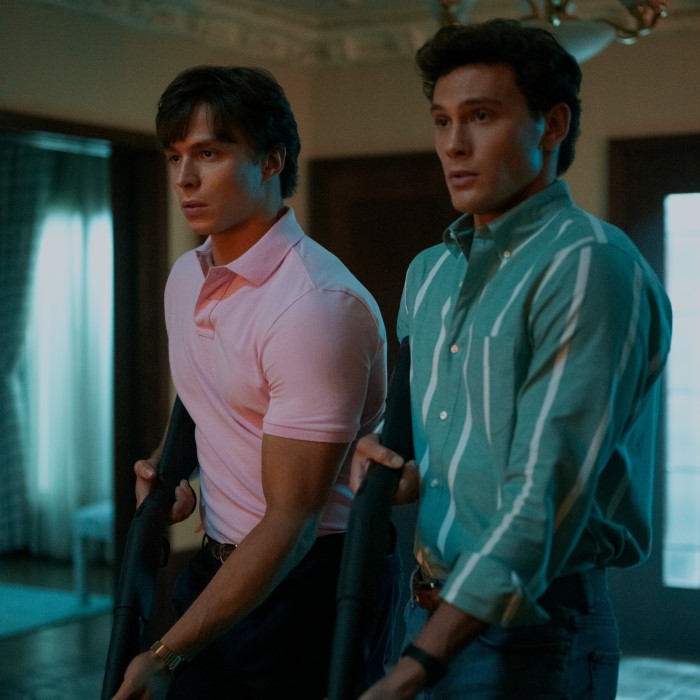
As Lyle Menendez continues to evoke interest more than two decades later, the implications of the wig endure. It stands as a powerful testament to the role of fashion in personal storytelling, particularly in high-stakes situations. From its origins in a courtroom to its lasting impact on public discourse, the story behind the Lyle Menendez wig is a compelling narrative of how style and identity intertwine in the face of adversity.
This blog post has explored the multidimensional aspects of the Lyle Menendez wig, emphasizing its cultural, psychological, and media-relevant implications. As we continue to analyze and discuss courtroom fashion, the lessons from the Menendez trial will undoubtedly resonate, reminding us of the power that personal presentation holds in shaping public perception.

